The secret to elevating any dish often lies in the magic of umami. This savory flavor profile can transform your cooking, adding depth and richness to every bite. Stocking your pantry with umami-rich ingredients ensures you are always prepared to create meals that tantalize the taste buds. These 15 staples, each with its unique character and application, are essential for every adventurous cook. From the oceans of Japan to the heart of Italy, these items will inspire creativity and culinary exploration in your kitchen. Let’s explore the must-have umami ingredients.
Soy Sauce
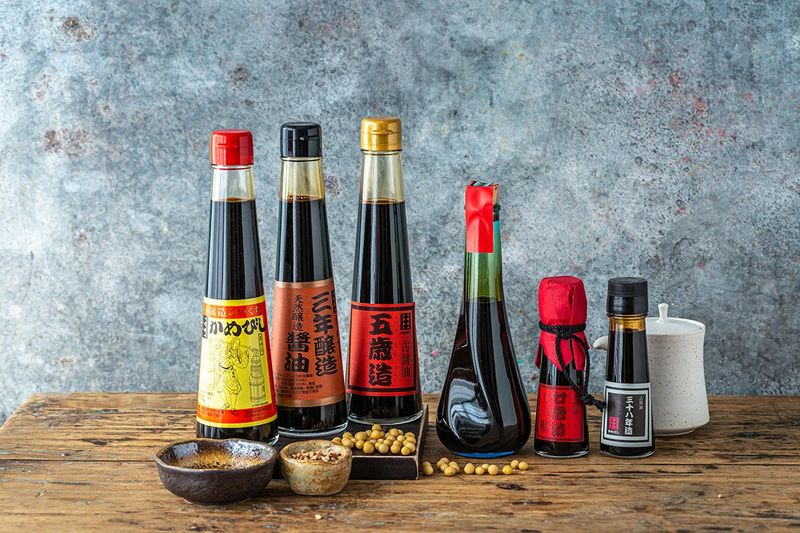
Soy sauce, a staple in Asian cuisine, provides a complex, salty, and umami-rich flavor that enhances any dish. Its dark, glossy liquid is derived from fermented soybeans and wheat, offering a rich history of culinary tradition.
A drop or two can elevate the simplest of dishes, providing depth and character that is unmatched. Whether used as a marinade or a seasoning, soy sauce is versatile and essential in enhancing flavors.
Did you know? This beloved condiment has been used for over 2,500 years, making its mark as a timeless kitchen essential.
Parmesan Cheese
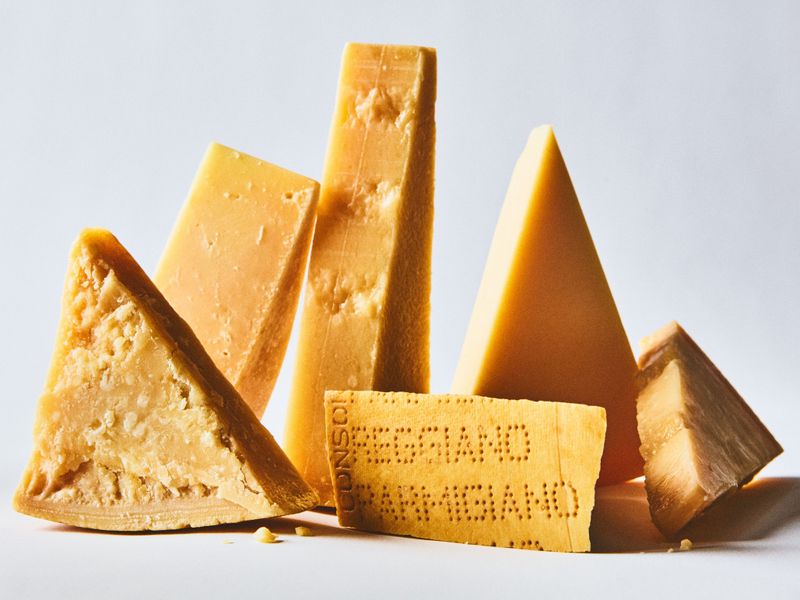
Parmesan cheese, known for its bold flavor and crumbly texture, is a mainstay in Italian cooking. This cheese is aged to perfection, developing rich umami notes that complement a variety of dishes.
Grated over pasta, salads, or soups, Parmesan adds a savory punch that transforms ordinary meals into gourmet experiences. Its nutty, complex flavor profile is a testament to traditional Italian cheese-making techniques.
Fun fact: Authentic Parmesan, or Parmigiano-Reggiano, must be aged for at least 12 months to receive its prestigious name.
Miso Paste
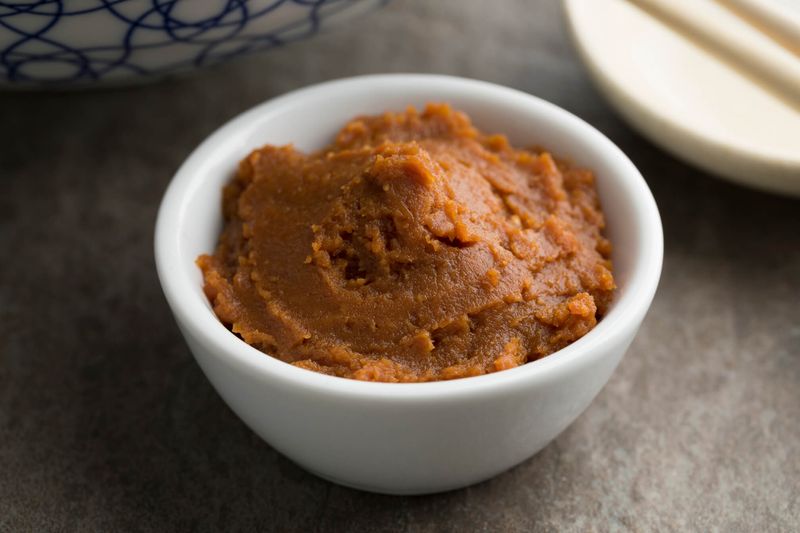
Miso paste, a cornerstone of Japanese cuisine, is beloved for its savory, umami-packed flavor. Made from fermented soybeans, it adds depth and complexity to soups, marinades, and dressings.
Its versatility makes it a must-have for any adventurous cook eager to explore Asian flavors. Whether you’re stirring it into a ramen broth or mixing it with vegetables, miso imparts an unparalleled richness.
A little-known fact: Miso’s umami character is linked to fermentation, a process that not only enhances flavor but also provides potential health benefits.
Anchovy Fillets

Anchovy fillets pack a punch of umami and are considered a secret weapon in many kitchens. These tiny, briny fish are preserved in oil, offering a flavor boost to sauces, dressings, and pasta dishes.
When melted into a sauce, anchovies dissolve and leave behind a savory depth that enhances other ingredients without dominating them. Their subtle, salty character can transform a tomato sauce or a Caesar dressing.
Fun tidbit: Anchovies have been used since Roman times, highlighting their timeless appeal and versatile culinary application.
Tomato Paste

Tomato paste is a concentrated source of umami, offering a robust, tangy flavor that enhances savory dishes. Made from sun-ripened tomatoes, it’s a staple in Italian and global cuisine.
A spoonful can transform stews, sauces, and soups, adding depth and intensity. Its thick consistency and rich color provide visual and flavor appeal to any dish it touches.
Did you know? The umami in tomatoes intensifies during the cooking process, making tomato paste a powerful ally in creating rich, hearty flavors.
Fish Sauce

Fish sauce is a fundamental ingredient in Southeast Asian cooking, celebrated for its intense umami flavor. This amber liquid, made from fermented fish, is a powerful seasoning that enhances the flavor profile of many dishes.
A dash of fish sauce can elevate stir-fries, soups, and dressings, adding a complex, savory note. Its unique aroma and taste might be an acquired taste, but its transformative power cannot be denied.
Interesting fact: Fish sauce production dates back thousands of years, with origins deeply rooted in ancient culinary traditions.
Dried Shiitake Mushrooms
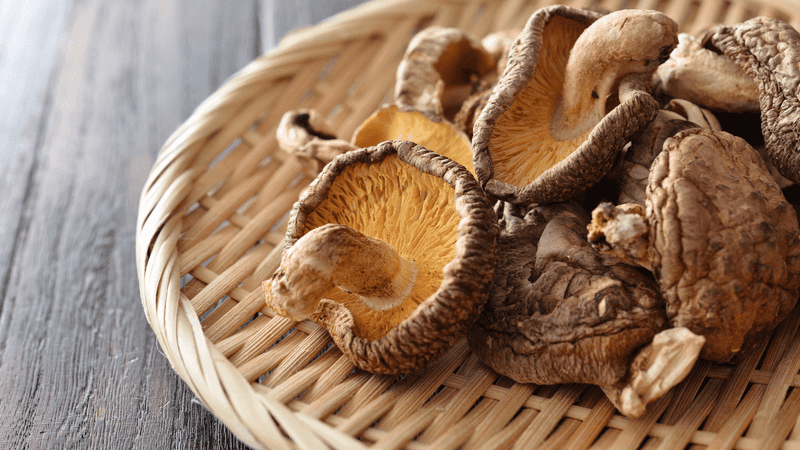
Dried shiitake mushrooms are a powerhouse of umami flavor, providing a rich, earthy taste that enhances many dishes. When rehydrated, these mushrooms expand, releasing their intense aroma and depth.
They’re perfect for adding a savory note to broths, risottos, and stir-fries, offering a glimpse into the culinary traditions of Asia. Their meaty texture and strong flavor profile make them a versatile ingredient in both vegetarian and meat dishes.
Did you know? Shiitake mushrooms have been cultivated for over 1,000 years, revered for their unique taste and health benefits.
Sundried Tomatoes
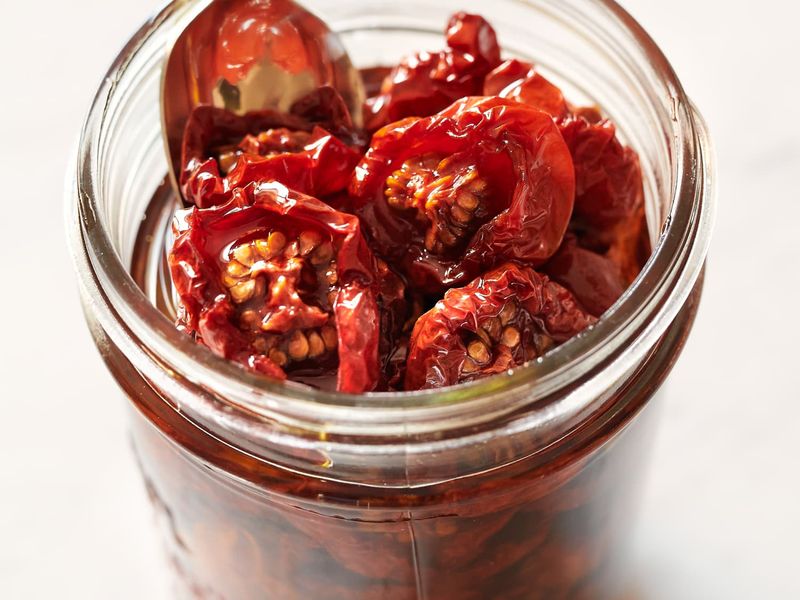
Sundried tomatoes offer a concentrated burst of umami that elevates any dish. Their intense, tangy-sweet flavor comes from slow drying, which preserves their natural sugars and acids.
These vibrant red gems are perfect for salads, pastas, and spreads, imparting a rich, savory edge that’s both delicious and visually appealing. Their chewy texture adds a delightful contrast to many recipes.
Fun fact: Sundried tomatoes were traditionally dried on rooftops in Italy, capturing the essence of sunny Mediterranean days.
Seaweed (Nori)

Seaweed, particularly nori, is a beloved umami ingredient in Japanese cuisine. These dried sheets offer a salty, oceanic flavor that enhances sushi, soups, and snacks.
Nori’s distinct taste and crisp texture make it a favorite for adding depth to various dishes. Beyond sushi rolls, it can be crumbled over salads or incorporated into broths for an added umami boost.
Did you know? Nori is rich in nutrients, including iodine, making it both a flavorful and healthful addition to your pantry.
Worcestershire Sauce

Worcestershire sauce, with its unique blend of vinegar, molasses, anchovies, and spices, offers a complex umami flavor. This British sauce is a staple for marinades, dressings, and Bloody Mary cocktails.
Its tangy, slightly sweet taste enhances meats and vegetables, providing a subtle depth that’s hard to replicate. A splash of Worcestershire adds intrigue and richness to any dish.
Fun trivia: This iconic sauce was first created in the 19th century by two chemists in Worcester, England, and has since become a global kitchen favorite.
Oyster Sauce

Oyster sauce, with its thick, rich consistency, is essential for adding umami to Chinese dishes. Made from oyster extracts, it brings a sweet-savory flavor that enhances stir-fries and marinades.
Just a spoonful can elevate vegetables and meats, offering a luscious, glossy finish to dishes. Its unique taste is both savory and slightly caramelized, adding a delightful complexity.
Intriguingly, oyster sauce was discovered by accident in the late 19th century when a chef left oysters simmering too long, resulting in this beloved condiment.
Balsamic Vinegar
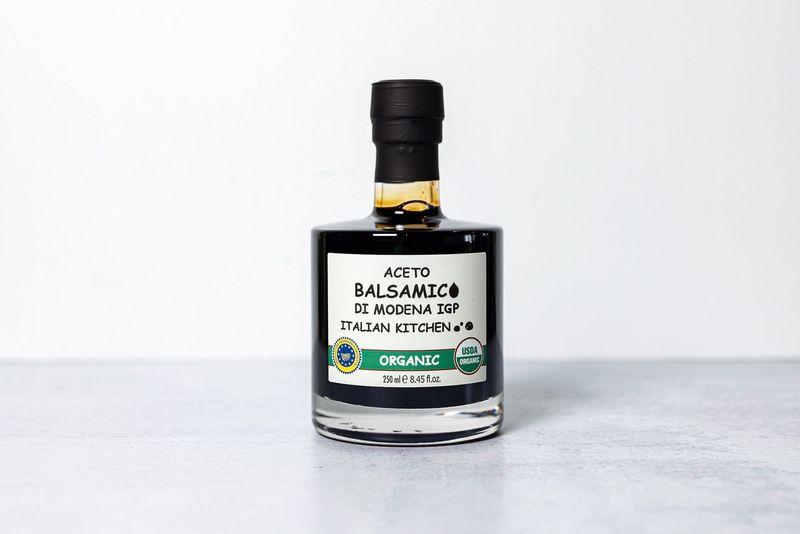
Balsamic vinegar, with its complex sweet-tart flavor, brings an umami depth to salads, glazes, and sauces. This dark, syrupy vinegar originates from Italy, where it’s aged to perfection in wooden barrels.
Its rich, velvety finish enhances both savory and sweet dishes, making it a versatile pantry staple. A drizzle over fresh berries or roasted vegetables adds a sophisticated touch.
Did you know? Traditional balsamic vinegar must be aged for at least 12 years to achieve its distinctive flavor and earn the prestigious Aceto Balsamico Traditional label.
Truffle Oil
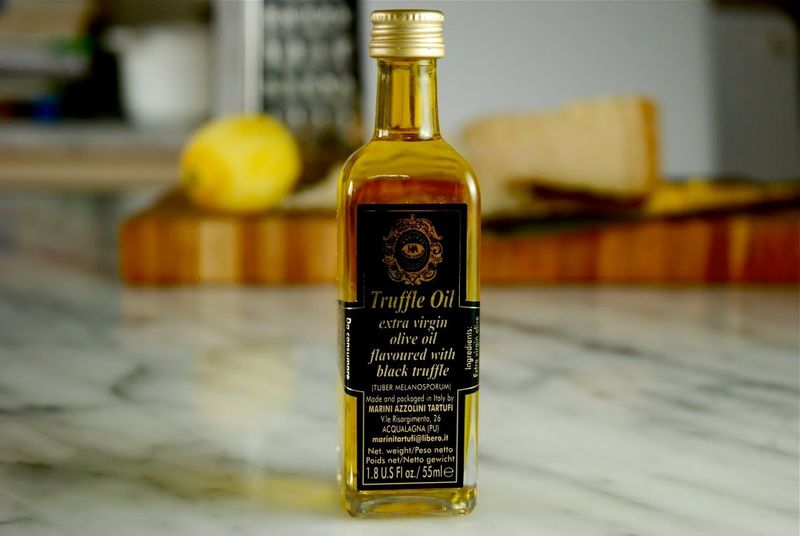
Truffle oil, infused with the essence of truffles, adds an intense umami punch to dishes. This luxurious oil is perfect for drizzling over pasta, risottos, and even popcorn, offering an elegant twist.
Its aromatic, earthy flavor can transform simple ingredients into gourmet delights. A little goes a long way, making it a special-occasion staple for elevating flavors.
Fun fact: Truffles are one of the world’s most expensive foods, prized for their rarity and distinct taste, making truffle oil a more accessible way to enjoy their flavor.
Kombu
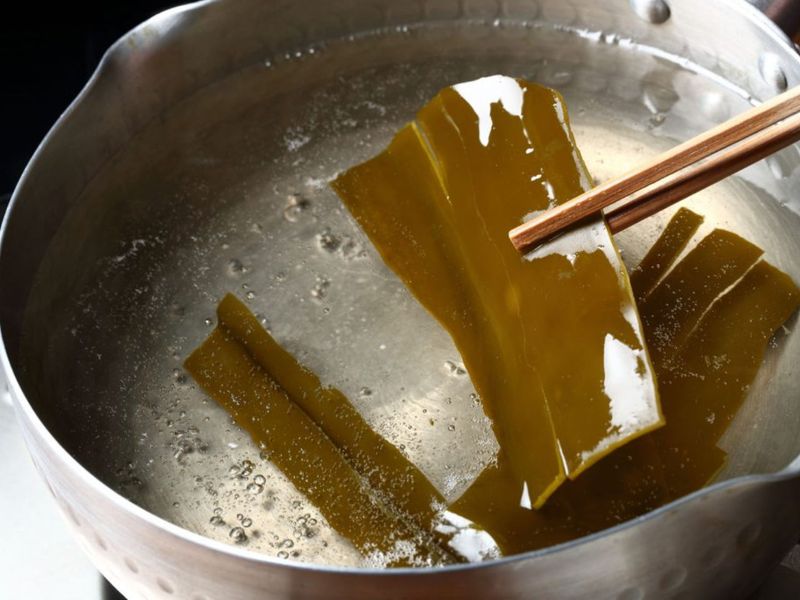
Kombu, a type of kelp, is a cornerstone of Japanese cuisine, known for its ability to impart deep umami flavor. Used primarily in making dashi broth, kombu provides a savory base for soups and stews.
Its mineral-rich profile contributes not only to taste but also to health benefits. Beyond broth, kombu can enhance grains or beans when cooked together, adding a subtle oceanic note.
Fascinatingly, kombu has been a culinary star in Japan for centuries, treasured for its natural glutamates and unique taste.
Black Garlic
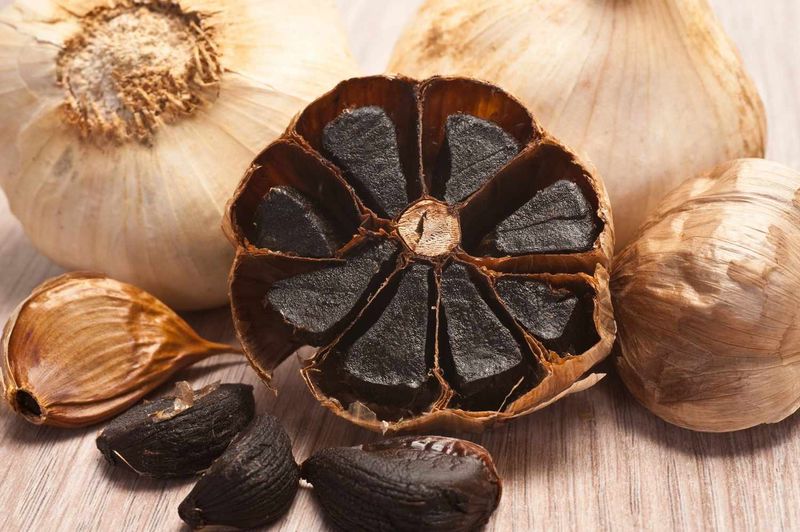
Black garlic, with its fermented sweetness and umami depth, transforms ordinary dishes into extraordinary creations. Its mellow, caramel-like flavor is perfect for sauces, spreads, and roasted meats.
This aged garlic offers a sophisticated twist, providing a balance of sweet and savory notes that intrigue the palate. Its unique appearance and taste make it a standout ingredient for culinary experimentation.
Did you know? Black garlic is made by aging regular garlic bulbs under specific temperature and humidity conditions, enhancing their natural sugars and amino acids.
Leave a comment